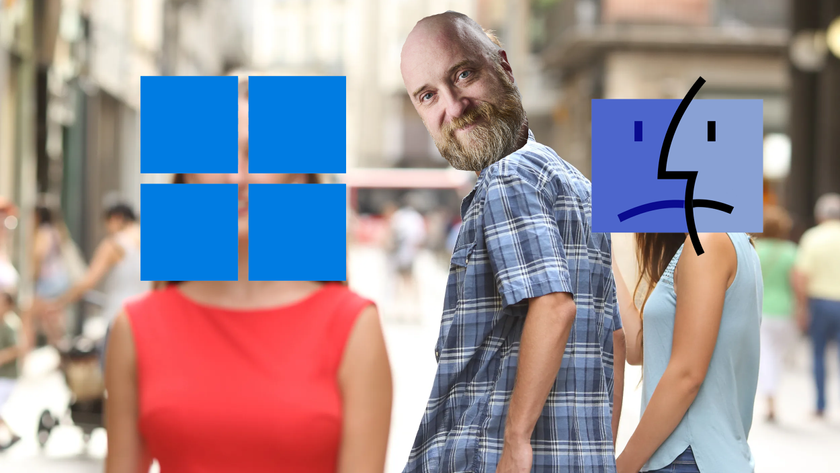
Another day, another irksome Wordle conundrum. Like puzzle #265 before it, puzzle #270 proved a particularly tricky beast for players around the world to reckon with – but not for the same reasons as its predecessor.
Once again, TechRadar spoke to Dr Matthew Voice, an Assistant Professor in Applied Linguistics at the UK’s University of Warwick, to find out the granular details behind the problematic answer. We also heard from Shaun Savage, Editor in Chief at Try Hard Games Guides, for more on the troublesome term.
Naturally, we’ll be divulging the solution to previous Wordle puzzles below, so proceed with caution if, for some reason, you want to stay in the dark.
So, ladies and gents, the Wordle answer in question was CATER. Granted, that’s decidedly more obscure than WATCH (puzzle #265), but it’s not exactly a term that demands you dig out a dictionary.
Dr Voice previously explained to us that WATCH was a prime example of an n-gram, i.e. a group of letters of a length (n) that commonly cluster together. Again, CATER ends with an n-gram with a length of four letters – a quadrigram – which presents similar problems, on top of some extra word-specific difficulties.
It's all in the morphology
“Looking back at Project Gutenberg's list of common n-grams,” Dr Voice tells us, “you can really see why getting some of today's letters in place isn't necessarily narrowing down the possibilities. ER is the fourth most common combination of any two letters in the whole of the English language, it seems, and TER the twelfth most common combination of three.”
“That said,” he adds, “I also think it's interesting to think about why 'cater' might not seem like an immediately obvious option to everyone who's got the point of finding _ATER. The answer to this might be to do with our expectations about morphology – the way we combine together different parts of language to make new words.”
Get daily insight, inspiration and deals in your inbox
Sign up for breaking news, reviews, opinion, top tech deals, and more.
Morphology. Right, we’re following.
“ER is a very common bigram partly because '-er' is a highly productive suffix in English. It can be added to the end of most verbs in order to make a new noun, usually to describe someone or something doing the original verb. So 'report' becomes 'reporter' and 'play' becomes 'player', for example.”
“So we might associate an '-er' ending with nouns in particular. The data for the eleven options to fill the last slot in _ATER bears this out, too: nine of them are nouns, with one adjective ('later') and our solution, 'cater', being the only verb in the group. Players caught thinking of 'verb + -er' words might have overlooked this exception.”
So there you have it, Wordle-ers. CATER was tricking you with its sneaky bigram, which was subsequently encouraging the mind to think of 'verb + -er’ words (which, of course, does not account for the existence of ‘cater’).
This is what we learned from Shaun Savage, Editor in Chief at Try Hard Guides, on the matter of puzzle #270’s internet infamy: “While we definitely see more traffic on days where people need help figuring out what possible words the answer could be – with _ATER, people have a few words that likely came to mind! – we have seen the answer post trend higher in these instances, same with 'watch' and 'dodge'.”
“This past week's words haven't been too offbeat,” Savage adds. “We have seen steady traffic, but no mega surges like we have for a few words (‘vivid’ comes to mind) that are harder to figure out. The situation with _ATER, though, is that there are lots of possibilities, and all of them fit without specifically trying to eliminate more consonants.”
Well then, that was two tricky terms in the space of five days. Come on, Wordle, give us and our broken streaks a break...

Axel is TechRadar's UK-based Phones Editor, reporting on everything from the latest Apple developments to newest AI breakthroughs as part of the site's Mobile Computing vertical. Having previously written for publications including Esquire and FourFourTwo, Axel is well-versed in the applications of technology beyond the desktop, and his coverage extends from general reporting and analysis to in-depth interviews and opinion. Axel studied for a degree in English Literature at the University of Warwick before joining TechRadar in 2020, where he then earned an NCTJ qualification as part of the company’s inaugural digital training scheme.











